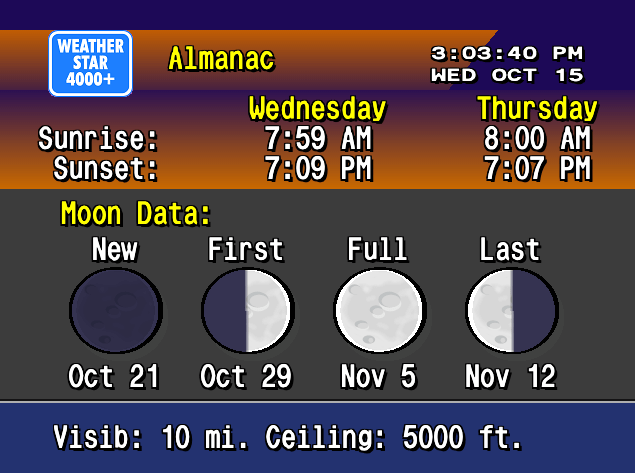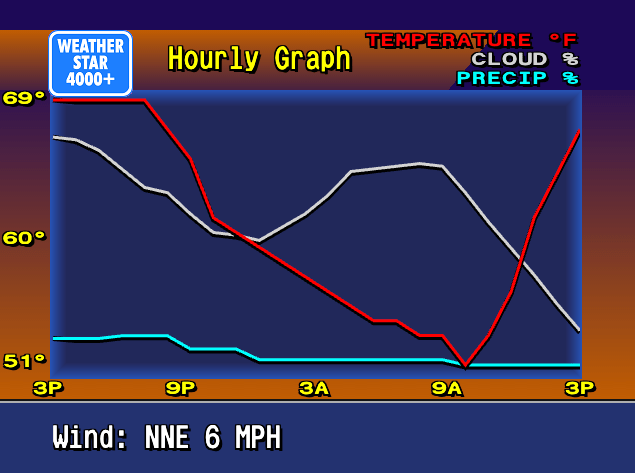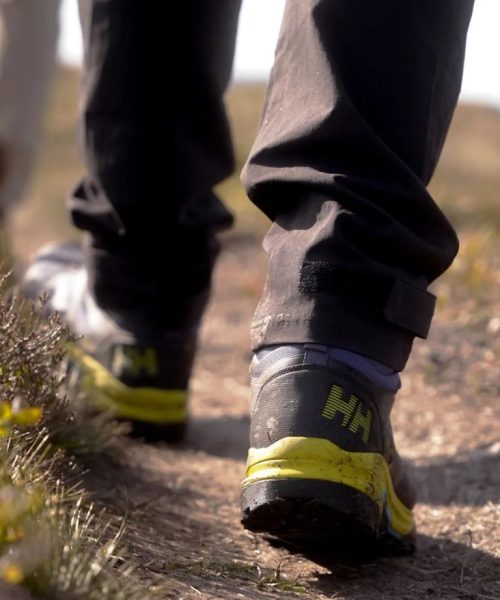The Weather Channel’s accuracy has undoubtedly improved since the early days of cable TV, but the same can’t necessarily be said about The Weather Channel’s vibes. That’s not meant as an insult to the company’s art design team—but there is simply no real match to that distinctly minimalist, retro-rudimentary look of forecasts from the 1980s, 90s, and early 2000s.
Need further proof that there are those out there who yearn to return to the days of meteorology reports coupled with smooth jazz? Check out WeatherStar 4000+, a do-it-yourself project aimed at recreating The Weather Channel’s 90’s heyday look and feel, while also providing you with actual, up-to-date forecast information. Built off a similar project from programmer Mike Battaglia, WeatherStar 4000+ (WS4000+) is DIYer Matt Walsh’s own variant that is readily accessible on a web browser, or even installable on your computer.

WS4000+ is actually an ode to a very real technology called WeatherStar, a system that The Weather Channel has relied on since its premiere in 1982. The “Star” in WeatherStar is short for Satellite Transponder Addressable Receiver, and is composed of a physical computer unit installed in a cable system’s central broadcasting facility, called a headend. For decades, WeatherStar has allowed The Weather Channel to receive, generate, and transmit localized forecast information based on where viewers live. These alerts are supplied on-air during The Weather Channel’s national programming, and often include vital information including severe weather alerts.
“This is by no means intended to be a perfect emulation of the [original] WeatherStar 4000, the hardware that produced those wonderful blue and orange graphics you saw during the local forecast on The Weather Channel,” Walsh explains on his project’s GitHub page. “Instead, this project intends to create a simple to use interface with minimal configuration fuss.”

WS4000 relies on NOAA’s open source meteorological data, but also utilizes some extremely modern technology to give it a bit of extra flair. Given copyright laws surrounding the original WeatherStar soundtrack, Walsh used various “AI tools” to create a few “WeatherStar-inspired music tracks” to supply the recognizable jazzy ambiance. However, the purists out there are welcome to peruse TWCClassics, yet another hobbyist project that supplies a free-to-play database of decades’ worth of Weather Channel tunes.
WS4000+ is meant to be enjoyed for its feel more than its utility, however. As Walsh makes clear in his GitHub’s disclaimer section, the website should not be used to stay informed during dangerous weather events.
“The Internet is an unreliable network subject to server and network outages and by nature is not suitable for such mission critical use,” he explains.
That said, it’s as good a reminder as any to look into National Weather Service subscriptions or an emergency radio for quality real time weather warnings.






